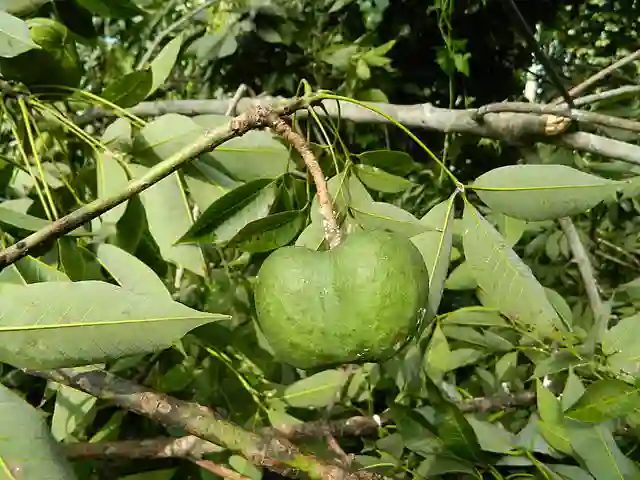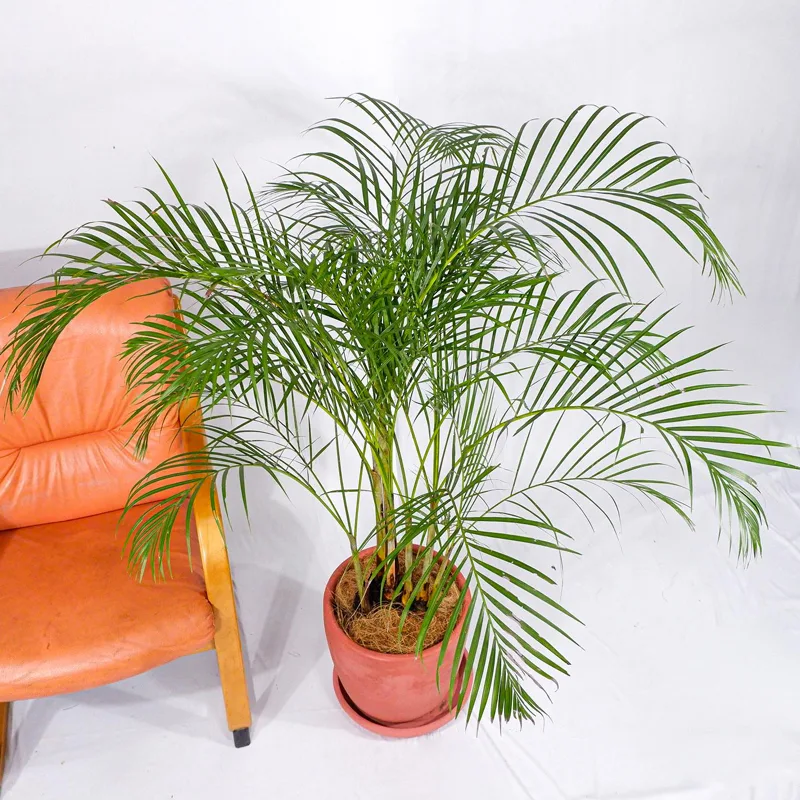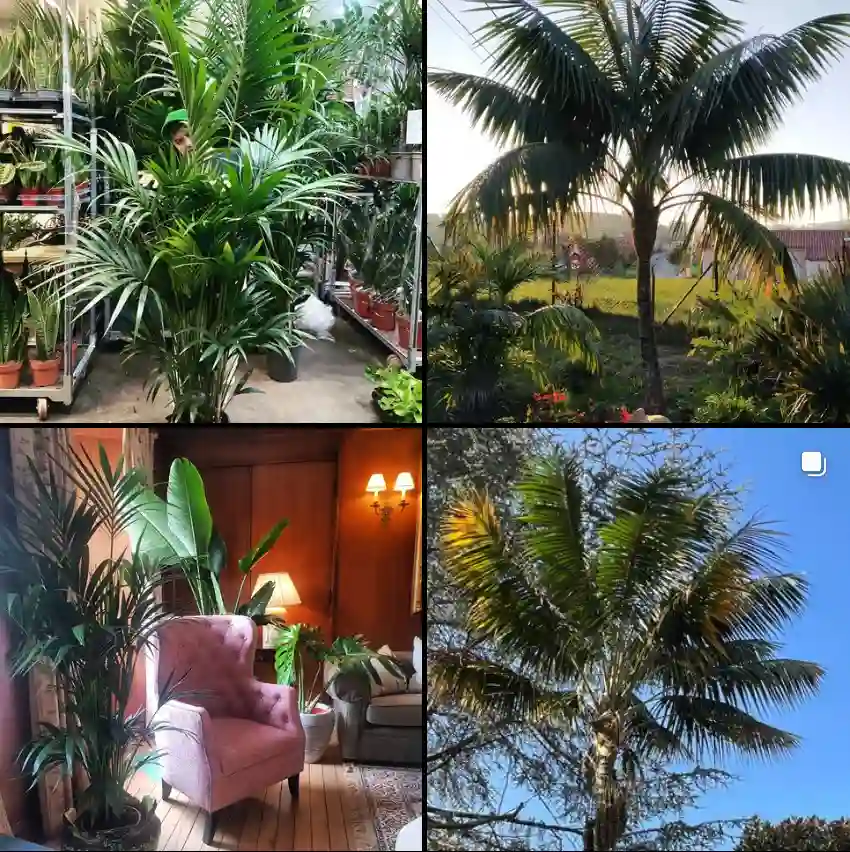
FAQs About Medinilla Gregori Hambali: My Experience and Care Tips
Medinilla Gregori Hambali is a captivating plant that I first discovered during a visit to a botanical garden. I was immediately drawn to its stunning, pendulous flowers and lush, dark green foliage. It’s a plant that commands attention, and if you’re like me, you’ll want to make sure you’re giving it the best care possible. Over time, I’ve learned a lot about Medinilla Gregori Hambali care, propagation, and even what plants pair well with it. Here are the most frequently asked questions about this plant based on my experience.
368 Species in Genus Medinilla
What Is Medinilla Gregori Hambali?
Medinilla Gregori Hambali is a tropical plant native to Southeast Asia, particularly the Philippines. It is known for its large, showy flowers that can grow up to 30 cm in length. The flowers have a striking pink color and cascade down in clusters, making it a real showstopper in any space. The plant belongs to the Melastomataceae family and thrives in warm, humid environments. This plant is often a conversation starter in my garden, and people are always amazed by its unique beauty.
How Do You Care for Medinilla Gregori Hambali?
Medinilla Gregori Hambali care requires attention to detail, but the rewards are well worth the effort. Here’s how I care for mine:
- Light Requirements: This plant loves bright, indirect light. Direct sunlight can scorch its leaves, so I keep mine near a window where it gets plenty of filtered sunlight. If you live in a place with harsh sun, consider placing your plant in a spot where it can receive morning light and be shielded from the strong afternoon sun.
- Watering: I water my Medinilla Gregori Hambali when the top inch of soil feels dry to the touch. Overwatering can lead to root rot, so I always make sure the soil has dried out slightly before watering again. During the growing season, I increase watering frequency but cut back in the winter when the plant is dormant.
- Humidity: Being a tropical plant, Medinilla Gregori Hambali thrives in high humidity. I mist my plant regularly, especially during the drier months, and use a humidity tray to keep the moisture levels up. If you live in a dry climate, consider using a humidifier to keep your plant happy.
- Temperature: I’ve found that my Medinilla Gregori Hambali does best in temperatures between 65°F and 75°F (18°C to 24°C). It doesn’t like cold drafts, so I keep it away from windows and doors during the colder months.
- Soil: This plant prefers well-draining soil with a mix of peat moss, perlite, and orchid bark. I use a potting mix designed for tropical plants, and it has worked well for my Medinilla.
- Fertilizing: During the growing season, I feed my Medinilla Gregori Hambali with a balanced liquid fertilizer every 4-6 weeks. I reduce fertilization in the winter to avoid stressing the plant when it’s not actively growing.
How Do You Propagate Medinilla Gregori Hambali?
Propagating Medinilla Gregori Hambali can be a bit challenging, but it’s possible with the right technique. I prefer to propagate mine through stem cuttings. Here’s how I do it:
- Select a Healthy Stem: Choose a healthy stem with at least two leaves and cut it just below a node.
- Dip in Rooting Hormone: I dip the cut end in rooting hormone to encourage root development.
- Plant in Moist Soil: I plant the cutting in a well-draining potting mix, ensuring the soil is moist but not waterlogged.
- Maintain High Humidity: To increase the chances of successful propagation, I cover the cutting with a plastic bag or place it in a propagation chamber to maintain high humidity.
- Be Patient: It can take several weeks for roots to develop, so patience is key. Once the cutting has established roots, I transfer it to a larger pot and care for it as I would a mature plant.
What to Plant with Medinilla Gregori Hambali?
When it comes to companion planting, I like to pair Medinilla Gregori Hambali with other tropical plants that have similar care requirements. Some of my favorite companions include:
- Anthurium: With its glossy leaves and bright flowers, Anthurium complements the beauty of Medinilla Gregori Hambali perfectly.
- Calathea: I find that Calathea’s striking foliage adds texture and interest alongside the bold blooms of Medinilla.
- Philodendron: Philodendrons, especially those with variegated leaves, make a great backdrop for the dramatic flowers of Medinilla Gregori Hambali.
When choosing companion plants, I always ensure they have similar light, humidity, and watering needs to avoid any issues.
Common Problems and Solutions
In my experience, Medinilla Gregori Hambali is relatively low-maintenance as long as its basic needs are met. However, like any plant, it can run into some issues:
- Yellowing Leaves: If the leaves start to turn yellow, it’s usually a sign of overwatering. I’ve learned to cut back on watering and check the drainage to prevent root rot.
- Lack of Flowers: If your Medinilla isn’t flowering, it might not be getting enough light. I’ve found that increasing the amount of bright, indirect light can encourage blooming.
- Pests: I haven’t had many issues with pests, but like with any plant, keeping an eye out for spider mites and aphids is important. Regularly wiping down the leaves and using insecticidal soap can help prevent infestations.
Conclusion
Medinilla Gregori Hambali is a stunning tropical plant that’s well worth the effort. With the right care, it will reward you with its breathtaking flowers and lush foliage. Whether you’re an experienced plant parent or just getting started, I highly recommend adding this beauty to your collection. Just remember to keep an eye on its light, water, and humidity needs, and you’ll have a happy, thriving plant.
If i die, water my plants!



